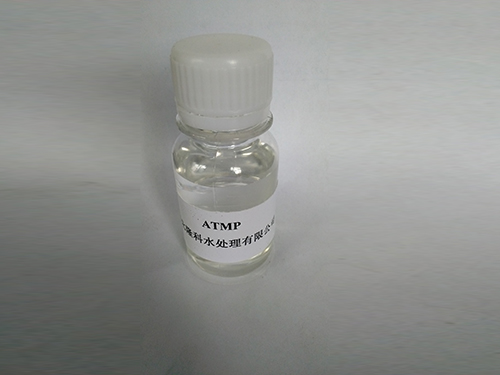coagulation and flocculation
The Importance of Coagulation and Flocculation in Water Treatment
Coagulation and flocculation are critical processes used in water treatment, particularly in the removal of suspended solids and impurities. These steps are fundamental in ensuring the safety and clarity of drinking water, as well as in various industrial applications. Understanding these processes not only highlights their significance but also emphasizes the need for effective water management practices in our increasingly urbanized world.
Coagulation The First Step
Coagulation is the initial step in the water treatment process. It involves the addition of chemical coagulants, commonly aluminum sulfate (alum) or iron salts, to water. These agents serve to destabilize colloidal particles which, due to their small size and charge, remain suspended in the water. When introduced, coagulants neutralize the electrical charges on these particles, allowing them to agglomerate into larger clusters.
This process relies heavily on the chemistry of the water. The pH level, temperature, and presence of organic materials all influence the effectiveness of coagulation. Therefore, operators must monitor these parameters closely, as improper conditions can lead to inefficient particle removal and even secondary contamination.
Flocculation Building Bigger Clumps
Following coagulation, the flocculation stage begins. This process involves gently mixing the water to promote the formation of flocs—large aggregates formed from the collision and sticking together of smaller particles. Flocculation is generally achieved by slow and controlled stirring, allowing the smaller particles to come together without being broken apart.
The formation of these flocs is crucial, as they can be easily removed from the water during subsequent filtration and sedimentation processes. Typically, flocs can be seen as gelatinous masses that float or settle out of the water. The efficiency of flocculation can be influenced by factors such as mixing time, the type and dosage of the coagulant, and water temperature.
Filtration and Sedimentation
coagulation and flocculation

After flocculation, the next steps usually involve sedimentation and filtration. Sedimentation allows flocs to settle at the bottom of a tank, where they form a sludge that can be removed. This process is vital because it reduces the total volume of contaminants that need to be filtered out later.
Filtration further purifies the water by passing it through various media—such as sand, gravel, and activated carbon—trapping any remaining particulates and bacteria. This combination of sedimentation and filtration ensures that water meets health standards before it is distributed for public consumption.
The Role of Coagulation and Flocculation in Environmental Protection
Beyond drinking water, coagulation and flocculation processes are employed in various industries, including textile, paper, and food production, where the removal of suspended solids plays a crucial role in quality control and environmental protection
.Furthermore, these processes are significant in wastewater treatment. Here, they help remove contaminants before the treated water is discharged back into natural water bodies. Effective coagulation and flocculation can minimize environmental impact, protect aquatic ecosystems, and contribute to sustainable water resource management.
Challenges and Innovations
Despite their effectiveness, the coagulation and flocculation processes can face challenges, such as the formation of residual sludge and the need for precise chemical dosing. Innovations in this area include the development of more efficient coagulants, automated monitoring systems, and advanced technologies like microflocculation and electrocoagulation, which promise to enhance treatment efficacy while reducing chemical usage.
Conclusion
In summary, coagulation and flocculation are fundamental processes in water treatment that enhance water quality and safety. Their significance extends beyond mere purification, playing a vital role in environmental sustainability and public health. As demand for clean water increases globally, ongoing research and innovation in these areas will be critical to meet future challenges and ensure a sustainable water supply for all.
-
The Power of Isothiazolinones in Modern ApplicationsNewsMay.08,2025
-
Flocculants in Water TreatmentNewsMay.08,2025
-
Flocculants and Chemical Solutions: What You Need to KnowNewsMay.08,2025
-
Flocculants and Chemical Solutions: A Growing IndustryNewsMay.08,2025
-
Essential Chemicals: Polymaleic Anhydride and MoreNewsMay.08,2025
-
Acrylic Polymers: Essential Solutions for IndustryNewsMay.08,2025





